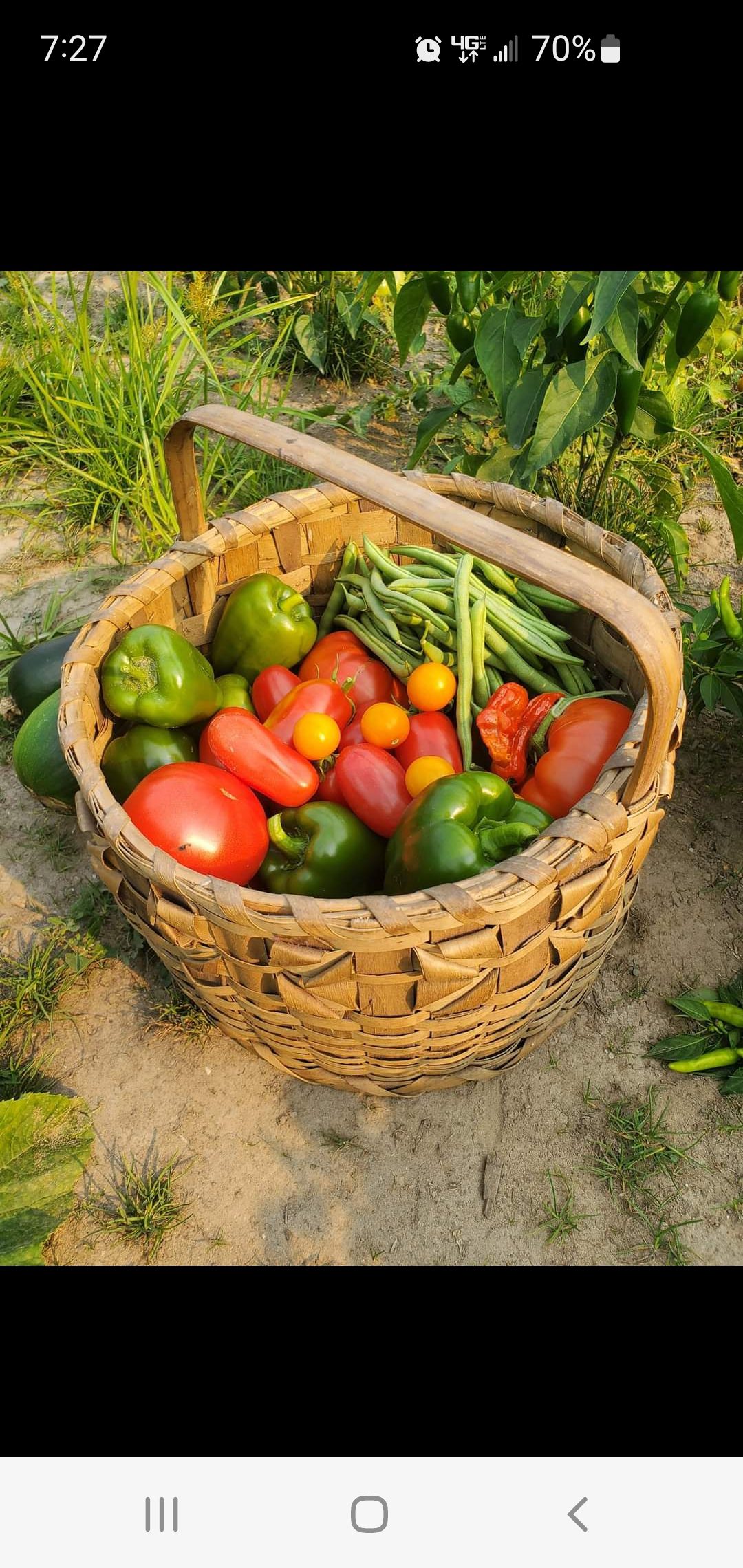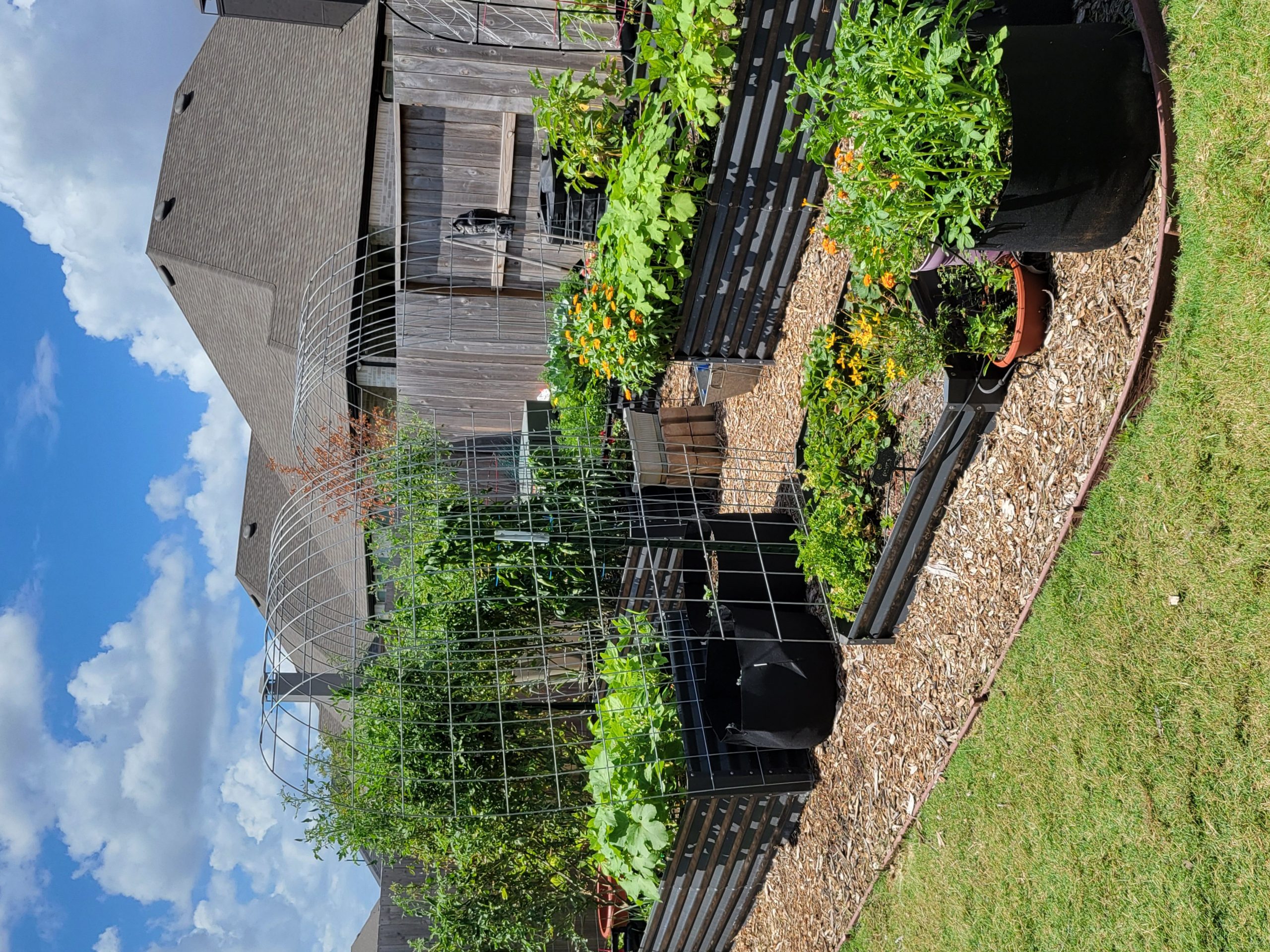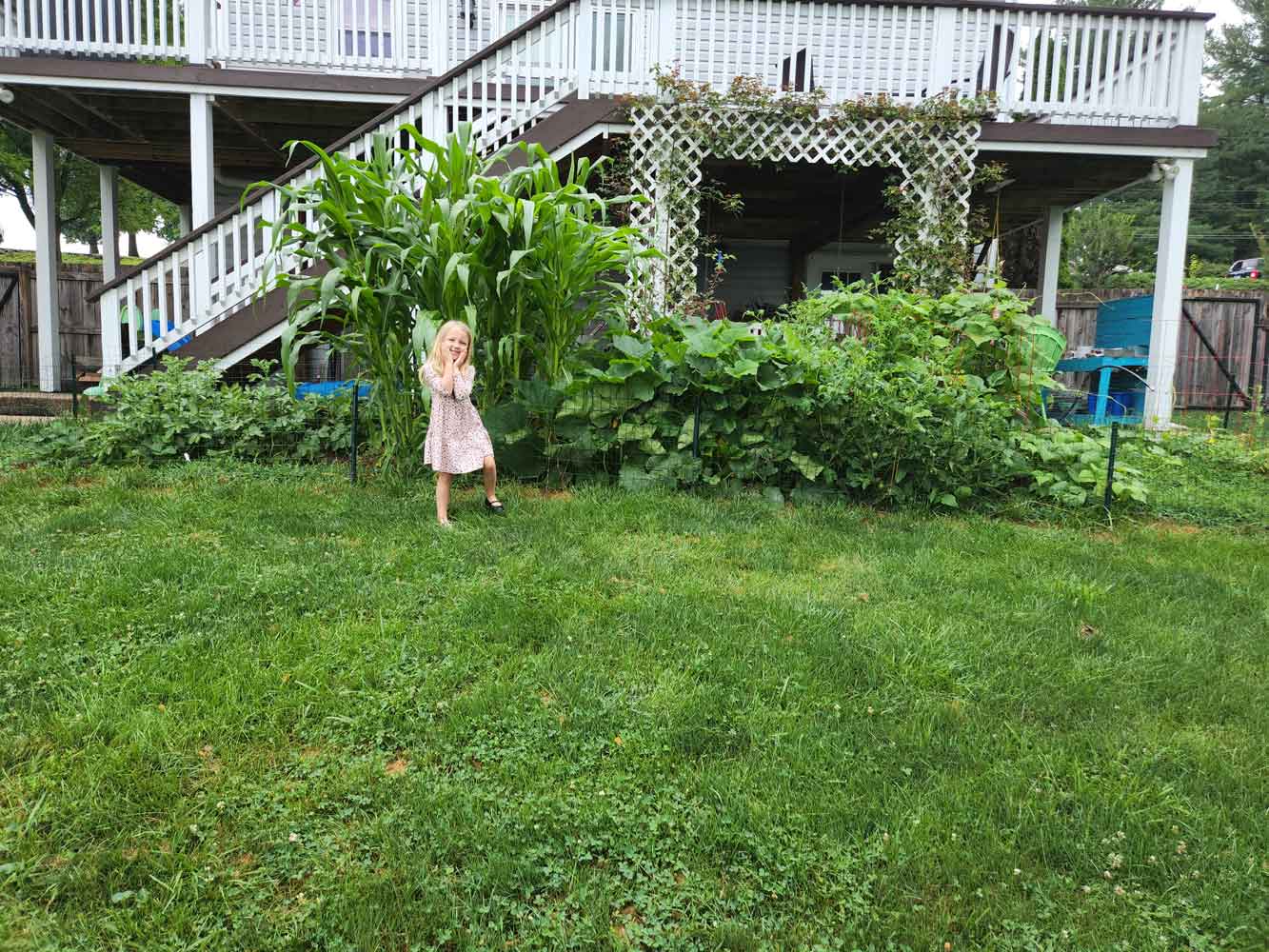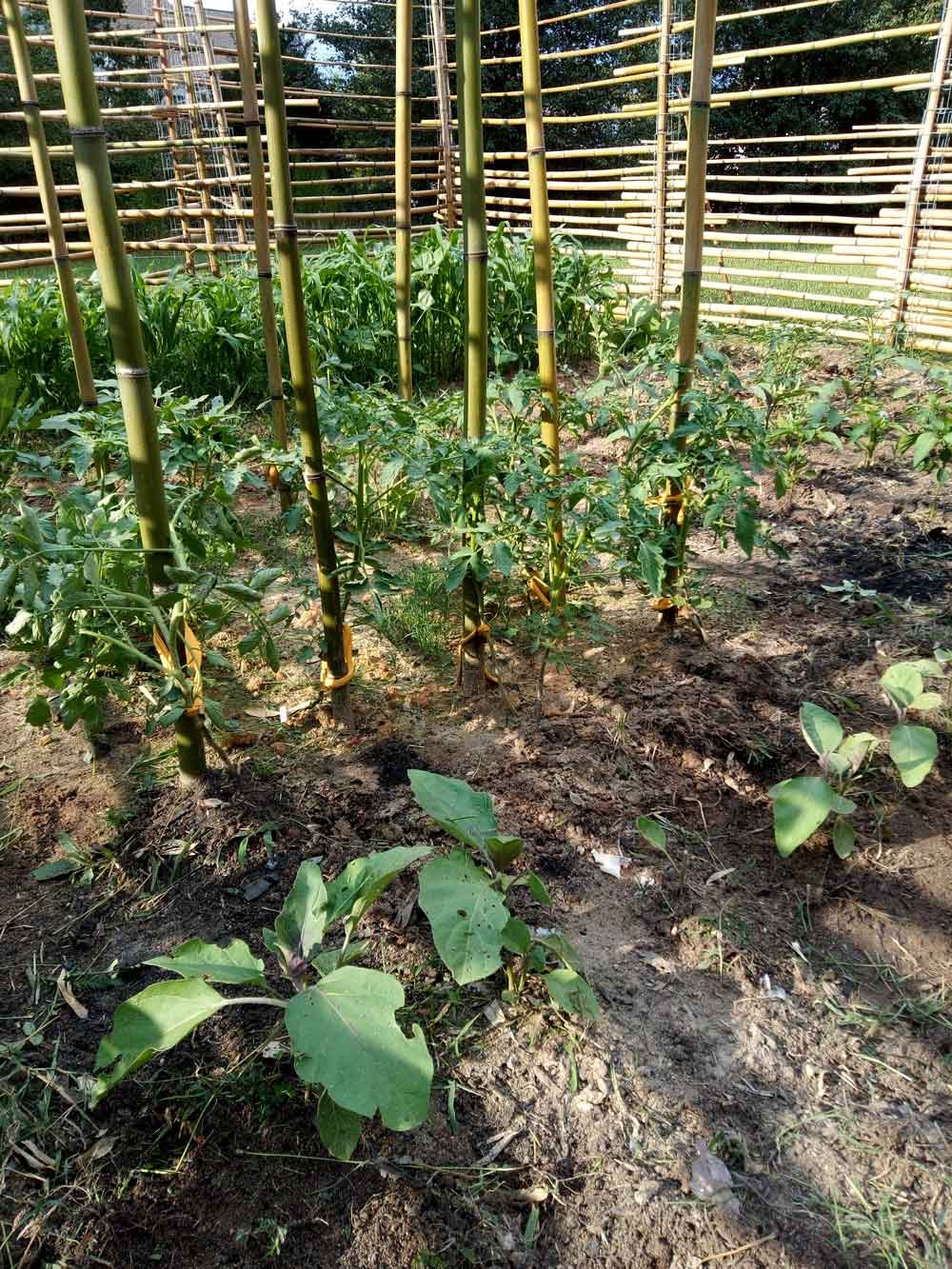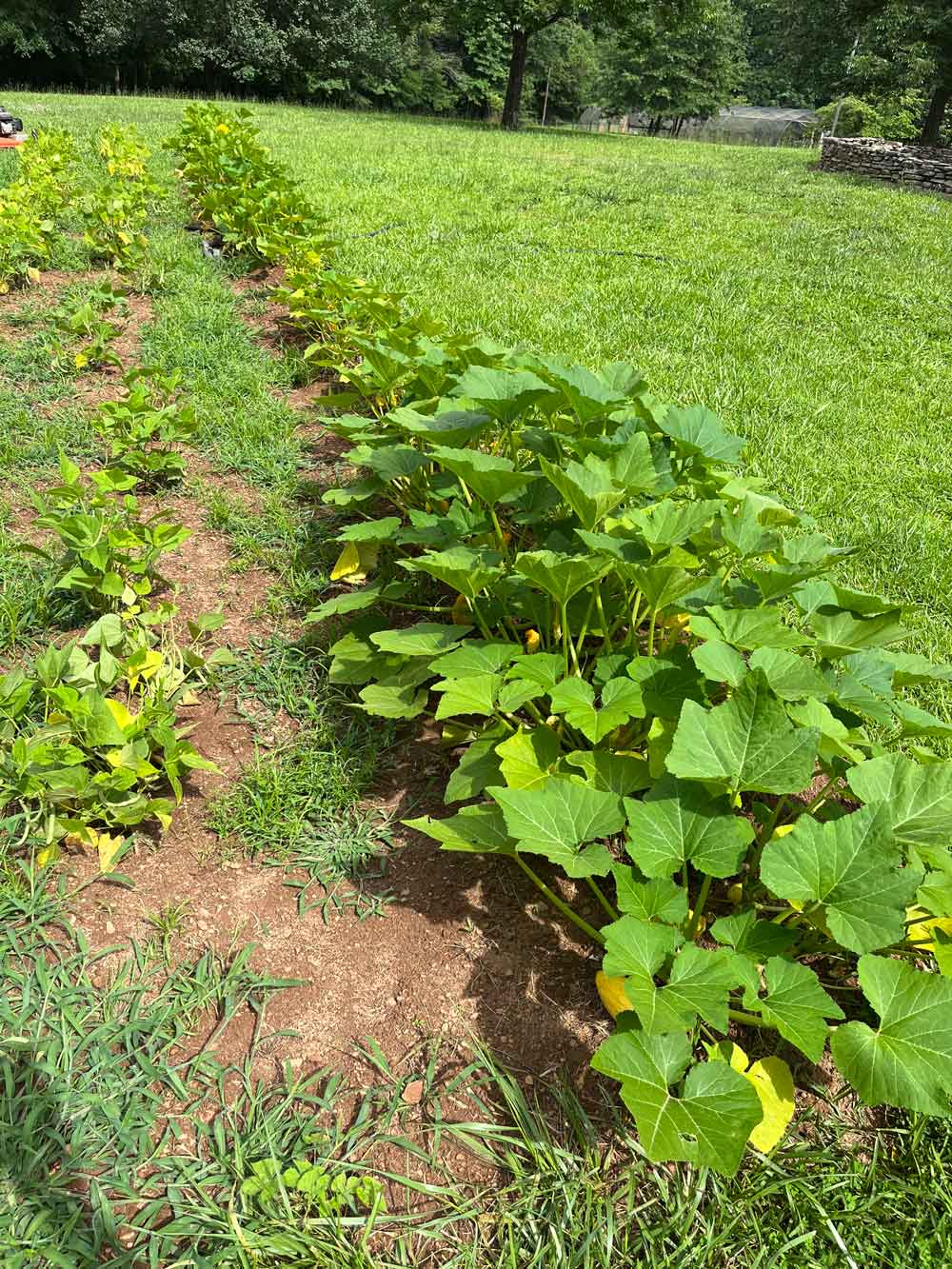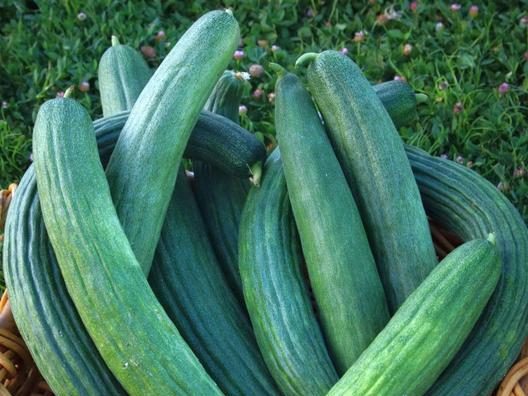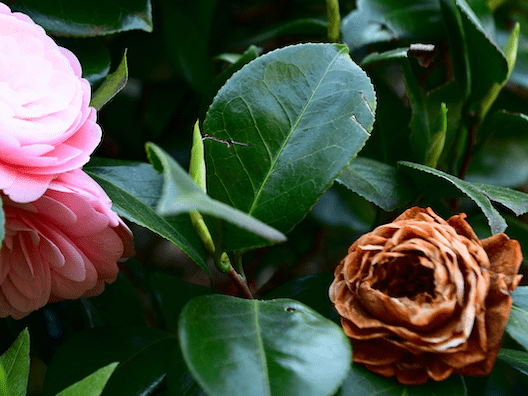About Pole Beans
Pole beans grow on long vines that cling to garden structures like poles or trellises. This growth habit makes them very easy to harvest and creates beautiful, vertical interest in your garden. Pole beans are very easy to grow at home. They make a wonderful addition to your summer garden as they take up very little room for the size of the harvest they provide. For a steady supply of fresh green beans, stagger your plantings 10 to 14 days between plantings. Pole beans are not cold hardy, so be sure to plant with at least two months of growing time before your first fall frost. For any beans that you did not harvest, you can leave them on the vine to make and store as dried beans.
When to Plant Pole Bean Seeds
Direct sow your beans after the last frost in the spring. Ideally, your soil temperature will be around 60 to 70°F.
Where to Plant Pole Bean Seeds
Pole and runner bean plants grow taller than their bush bean cousins—growing up instead of out gives more green beans in less space. Pole and runner bean seeds need three feet (91cm) between rows and 7 to 12 inches between plants. If you want your pole or runner bean plants to vine up a tepee-shaped support, dig holes in the corners of a three-foot square, and plant three pole bean seeds in each. Maypoles, arches, and natural supports, such as sweet corn, are often used to support the vines of pole and runner beans.
Don’t be fooled by the size of the seeds. When properly cared for, bean plants will get huge. One way to use your space the most efficiently is to plant a double row, one row on each side of the trellis.
How to Plant Pole Bean Seeds
Pole and runner bean seeds should be planted one inch deep. Pole bean seeds need soil temperatures to reach 65°F to sprout reliably. Runner beans typically grow better in colder areas than pole or bush beans. Best soil pH is 6.5 to 7.5 (neutral soil). Beans like a little potassium and phosphorus, but avoid excess nitrogen. Beans are modest feeders, and like all legumes can actually help improve the soil by creating their own nitrogen.
Soil should be damp (but never soggy) at planting. Keep pole beans moist while they’re growing, and make sure to provide plenty of water once they start producing. If the plants get too dry, they’ll stop making beans.
How to Harvest Pole Beans
Pole beans produce for several weeks so take care not to break the stems or branches as you harvest. Pole beans are ready when the pods are firm and crisp but the seed in the pod is not fully developed.
How to Deter Pests from Pole Beans
If you have a beetle infestation in your bean plants, you can spray the plants with a light mist of soapy water to deter them. Also, avoid planting pole beans with radishes which are also susceptible to attracting beetles. Basil, beets, cabbage, fennel, kohlrabi, and the onion family should be avoided when planting near pole beans.


